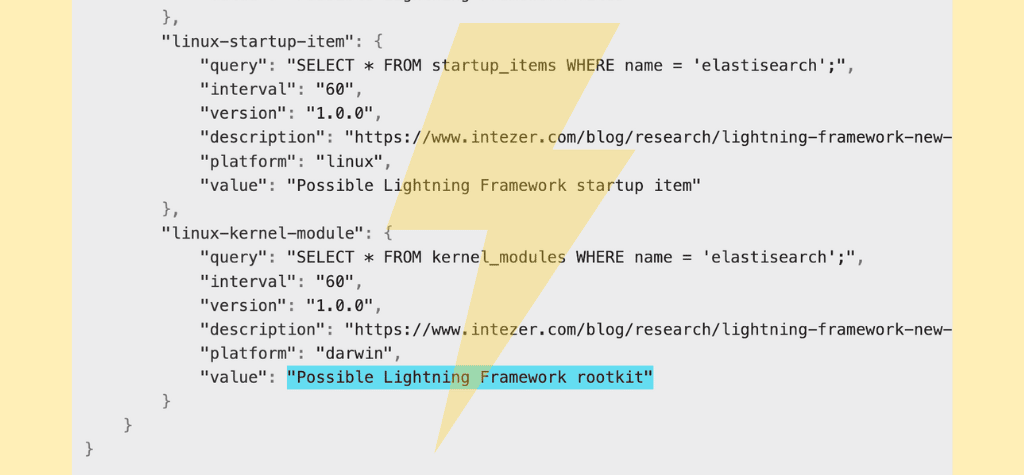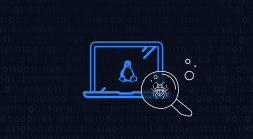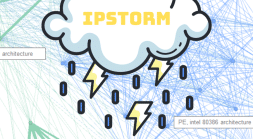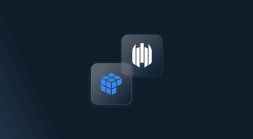On 21 July, 2022, we released a blog post about a new malware called Lightning Framework. Lightning is a modular malware framework targeting Linux. At the time of the publication, the Core module had one suspicious detection and the Downloader module was not detected by any scanning engines on VirusTotal. Due to this, we have again decided to release a followup blog posting showing how the information we released can be used to investigate whether you have been affected.
There are many tools available to gather system information and to perform threat hunting within an organization. One of our favorites is osquery. We demonstrated in a previous blog how detection rules created with osquery can be used to discover the multi-platform malware Sysjoker.
This tutorial will show how we use gathered information from the reverse engineering process to utilize in detection techniques that can serve as an indication of compromise for the Lighting Framework. There are pros and cons to this approach over just using file hashes. It allows us to potentially find other samples related to the Lightning Framework that have a different file hash but it can also turn up matches that are not malware. For example the malleable C2 profile is encoded on disk and will have a unique hash each time, therefore it is important to use other means of detection that are not hash based.
Information Gathering with Osquery
Osquery runs as an agent on machines and is designed to provide endpoint visibility in a performant way. The data is collected by the agent and exposed via SQL queries.
There are two ways of running osquery, as a daemon via osqueryd or interactively via osqueryi. The daemon takes a configuration file where the queries are defined and executes them at a given interval. Data is continuously collected by the daemon and the difference since the last execution is logged to a result log. The interactive binary allows for ad-hoc queries and we will use it in this tutorial to construct queries that can be added to the daemon’s configuration. The queries will be added to a query-pack to make it easier to manage.
Detecting File Artifacts from Lightning Framework
Many files are created in a working directory in the Lightning Framework. We can use these to write threat hunting or detection queries.
If we look at the report, we can see that most of the files are created under a folder named “/usr/lib64/seahorses/”. This is a folder trying to masquerade as the legitimate password and key manager Seahorse. We can use the osquery table file to monitor for Lightning Framework files under this folder. According to the schema for this table, we can get which user created it, when the file was created, modified, and last accessed. To enrich the data, we join the uid with the users table and the gid with the groups table. This allows us to get the username and the group name instead of just the ID numbers.
Another thing that is useful is the file hash for the Lightning files. This can be obtained by joining with the hash table on the path. This allow us to construct a query like this:
SELECT path, filename, username, groupname, mtime, ctime, atime, md5, sha1, sha256 FROM file
JOIN users using (uid)
JOIN hash using (path)
JOIN groups using (gid)
WHERE file.directory in ('/usr/lib64/seahorses/');An example of a query that shows the malware artifacts is shown below:

Detecting Persistence of Lightning Framework
If we look at the persistence documented in the report, we can see that the framework maintains persistence by creating a startup script for the Downloader module. We can find this by querying the startup_items table and looking for the misspelled term “elastisearch” (As opposed to the correct application it is trying to mimic “Elasticsearch”).
SELECT * FROM startup_items WHERE name = 'elastisearch';Detecting RootKits Installed by Lightning Framework
Lightning Framework is able to install a Linux kernel module (LKM) rootkit. The rootkit is used to hide process IDs and ports related to running processes of the framework. Similarly to the startup item. The kernel module also has the same misspelled “elastisearch” name. To check whether it is installed on your machine, run the following:
SELECT * FROM kernel_modules WHERE name = 'elastisearch';Next Steps for Your Lightning Detection Rules
After this we can tell the osquery daemon to load the query pack. This can be done by adding a pack entry to the daemon’s configuration file:
"packs": {
"lightning_framework": "https://149520725.v2.pressablecdn.com/path/to/pack/lightning.json"
}To get alerting for this, it is best to forward the logs to your SIEM and create alerts there. We’re curious to see more samples of Lightning Framework – let us know if you uncover more samples or are able to take the research on it further!
Appendix A – lightning.json Pack
{
"queries": {
"linux-artifacts": {
"query": "SELECT path, filename, username, groupname, mtime, ctime, atime, md5, sha1, sha256 FROM file \
JOIN users using (uid) \
JOIN hash using (path) \
JOIN groups using (gid) \
WHERE file.directory in ('/usr/lib64/seahorses/');",
"interval": "60",
"version": "1.0.0",
"description": "https://intezer.com/blog/research/lightning-framework-new-linux-threat/",
"platform": "linux",
"value": "Possible Lightning Framework files"
},
"linux-startup-item": {
"query": "SELECT * FROM startup_items WHERE name = 'elastisearch';",
"interval": "60",
"version": "1.0.0",
"description": "https://intezer.com/blog/research/lightning-framework-new-linux-threat/",
"platform": "linux",
"value": "Possible Lightning Framework startup item"
},
"linux-kernel-module": {
"query": "SELECT * FROM kernel_modules WHERE name = 'elastisearch';",
"interval": "60",
"version": "1.0.0",
"description": "https://intezer.com/blog/research/lightning-framework-new-linux-threat/",
"platform": "darwin",
"value": "Possible Lightning Framework rootkit"
}
}
}




